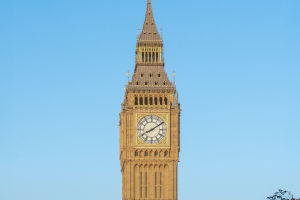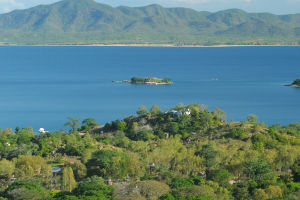If you've ever dreamed of stepping into a living postcard—alive with color, scent, sound, and texture—then the Marrakech market (or "souk") is your gateway.
But be warned: it's not just a place you visit. It's a place that grabs hold of all your senses, your curiosity, and maybe even your bargaining skills.
So, how do you make the most of this thrilling chaos without feeling overwhelmed? Let's break it down.
What Makes Marrakech's Market So Special?
Located in the heart of the city's old town, the Jemaa el-Fnaa square and its surrounding souks have been the commercial and cultural heartbeat of Marrakech for centuries. But this isn't your average tourist market with stalls of keychains and T-shirts.
1. Everything is handmade, scented, and full of stories.
From handwoven Berber rugs and intricately carved wooden boxes to traditional lanterns and argan oil skincare—almost everything sold here has roots in centuries-old Moroccan craftsmanship. The variety is endless.
2. It's a living museum of Moroccan life.
You'll see tailors hunched over old machines, metalworkers hammering out lamps, and herbalists preparing traditional blends. Many vendors don't just sell—they make. Watching them work is like stepping back in time.
How Much Should You Expect to Spend?
There's no entry fee to wander the souks, but prices are rarely fixed. Here's a rough idea to guide your budget (in USD):
• Handwoven wool rug: $80–$300 depending on size and quality
• Leather slippers (babouches): $12–$20
• Brass lantern: $25–$50
• Spices: $2–$6 per pouch
• Argan oil: $8–$15 for 100ml (watch out for fake versions)
Tip: Always negotiate. Haggling is expected, and prices can drop 30–50% if you're polite but persistent. A simple "It's beautiful, but a bit over my budget" often works wonders.
Best Time to Visit the Market
The souk is open daily, typically from around 9 AM to 8 PM, but most vendors start setting up by 10 AM.
When to go:
• Morning (before 11 AM): Less crowded, cooler, better for focused browsing.
• Late afternoon (4–6 PM): Best for photos—the lighting is golden, and street performers begin to appear.
• Avoid: High noon in summer (June–August). It gets brutally hot, often exceeding 100°F (38°C).
Best months: March to May and September to November offer ideal weather—warm days, cooler nights, and fewer tourists than peak summer.
Getting There and Getting Around
If you're staying near the Medina (the old walled city), you can walk into the souks in under 10 minutes. For those coming from outside the city center:
• Taxi from Gueliz or Hivernage (modern districts): $2–$4
• Bus (No. 1 or 16): under $1
• Airport to souk by taxi: around $10–$12
Once inside the souk, forget normal online Maps—it won't help. The alleys are too narrow and maze-like. Instead, embrace getting lost a little. Locals are friendly and often willing to point you the right way—just be cautious of overly persistent "guides" who may ask for tips.
5 Insider Tips to Shop Smarter
1. Don't look too interested at first. Walk by, glance briefly, and only stop if something truly catches your eye. Showing too much excitement can drive the price up.
2. Bring small change. Vendors often "don't have change" if you try to pay with large bills. Having small denominations ($1, $5, $10) makes haggling smoother.
3. Always ask what's handmade. Some mass-produced items make their way into the souks. Ask vendors directly—if they proudly explain how it's made, it's likely the real deal.
4. Go beyond the main square. Prices are higher near Jemaa el-Fnaa. Walk deeper into the alleys—often just five minutes away—for better deals and quieter interactions.
5. Don't rush. Vendors appreciate conversation. Asking about their craft or offering a friendly smile can lead to better prices and even tea invites.
What Not to Miss Nearby
Once you've had your fill of shopping (and perhaps gotten mildly lost), make time to explore these nearby gems:
• Le Jardin Secret (The Secret Garden): A quiet, restored palace garden—entry: $7
• Ben Youssef Madrasa: Stunning special style architecture—entry: $6
• Café des Épices rooftop: Great for a break with panoramic views of the market
Is Marrakech Market Safe?
Yes, it's safe—but stay alert. The biggest issue is pickpocketing, especially in tight alleyways. Keep your bag zipped, avoid flashing large sums of cash, and say "La, shukran" ("No, thank you" in Arabic) if you don't want to engage.
Also, be prepared for sensory overload—smells, sounds, and sellers calling out to you. Take breaks if needed.
Ready to Dive In?
The Marrakech souk isn't just about buying things—it's about experiencing a way of life. The energy, the craftsmanship, the voices echoing in narrow corridors—it stays with you long after you leave.
So, have you ever wandered through a market that felt like a treasure hunt? Or maybe you've braved the bargaining game and scored a great find? Let me know your best market story—or your biggest shopping fail. You might just help the next adventurer prep for their trip!


